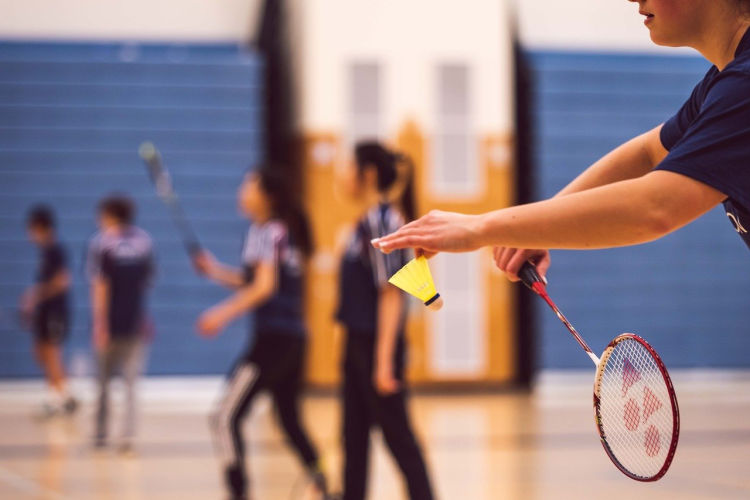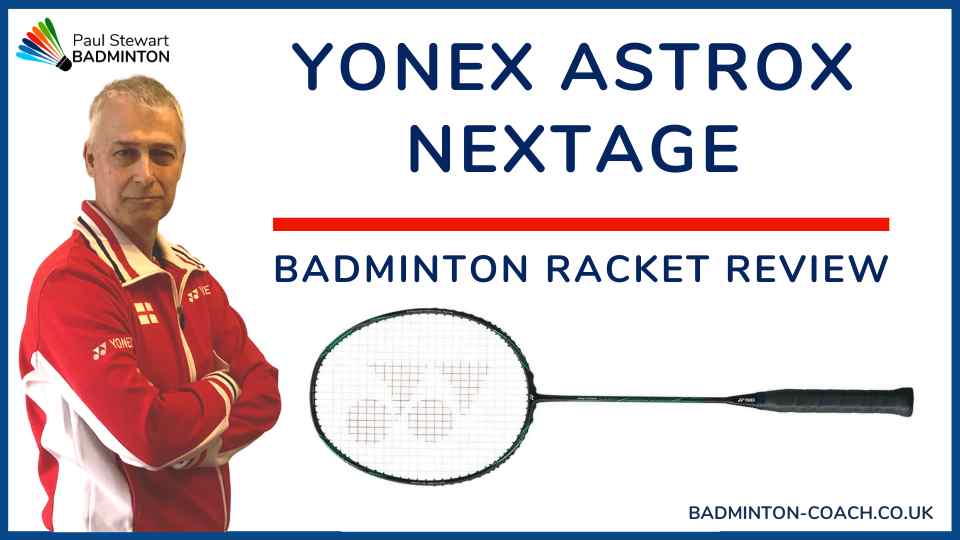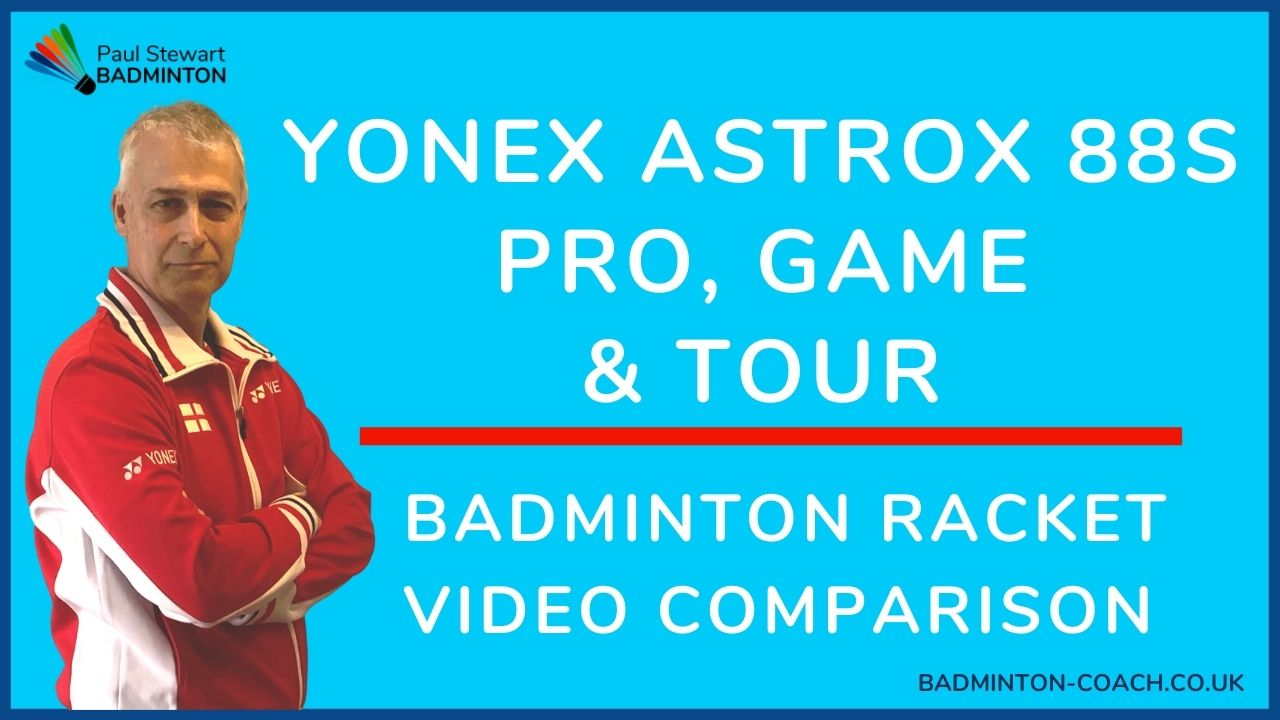Foreward
Martin Dew-Hattens was an English badminton player from the 80’s who won two All England titles and played 101 times for England. He moved to Denmark and has lived and worked there now for 30 years in the computer industry. This article relates to some of the problem’s parents and players experience in their attempted road to glory.
The Rocky Road To Success by Martin Dew-Hattens
As the 2021 All England draws to a close once more, we see some new stars appear and some pushed to the background. In these days many young players will look enviously at the TV coverage and dream of reaching or even winning an All England final. This happens after each major event as young players dream of what might be and especially in these COVID hit days!
The questions they will ask themselves amongst others are:
These are uncharted waters for most young players. A very few have parents as ex-international players or older siblings who can guide them through the murky waters, but having an ex-international as a parent is no guarantee that the young person can reach the giddy heights. It takes much more than that! Worse than this if the parent has no or little knowledge of badminton where should they gain reasonable and suitable advice? It is not always the paid coach who is there to earn a living is the best source of advice!
In this article I will try to explore some of the problems and indeed the decisions a young player and their parents should make together.
Many of the problems I have experienced at my own hand. Even though my playing time was nearly 40 years ago the decision process is much the same and I have guided my own children through this maze in recent years. The one thing that has changed is the income achievable as a badminton player. Even in these days a 150th ranked tennis player can earn more than an 8th ranked badminton player. In 20 years’ time we might see badminton players earning sums much more in line with other top paid sports such as tennis and golf. We should not lose sight that the earnings from sports such as ice-hockey, tennis, football, American football, golf, auto racing boxing and basketball are enormous.
Will badminton ever get there?
Only time will tell.
The experiences I had in my early days are still worth documenting here.
I clearly remember aged ten sitting on the big Friday night at the All England enjoying a 3-course meal whilst watching the matches. Yes, in those days it was possible! My mother said “you will be down there on the Wembley court one day”. Little did I ever dream I would win two All England titles in the years to come. In fact, I played on average only one tournament (the Middx Restricted) each year. Before that much of my time was taken by cricket and I managed to get picked for the Middlesex Young Cricketers (MYC) for a couple of years. It was clear I was not going to make cricket my future and breaking my back in two places sealed my fate and I stopped.
At the age of 18 I started playing a few open badminton events and after 2 seasons I had won about 16 men’s doubles and mixed with partners such as Armstrong, Bridge, Rofe and Gillian Clark. After this I got picked for England and the ball was rolling. This could be seen as a very unusual path having little or no junior badminton experience. I was thrown into event after event to gain that experience in a hurry. In those days our training largely consisted of playing weekend events and doing a degree was still possible, Only when I had finished a mathematics degree did I need to make a decision. Luckily I was offered a chance to do a Ph.D and I spent the next five years traveling the world playing events with my books always in the hotel room and my head down in a book when not playing.
Most unusually I was plucked from the depth of my studies at Hatfield one afternoon to replace Ray Stevens in the England Masters at the Albert Hall. Mike Tredgett and I ended up winning the event and I was thrust onto the world stage. Such a dramatic rise is not possible in modern times. The eventual quality of the Ph.D did suffer but I managed a pass and then had to make a new choice. Should I follow the career path my studies had allowed me or should I become a full time player. Realising that I had maybe 5 years left as a player I actually moved to Denmark. Here I could play and train in the evenings and hold down a fulltime job using my holiday to play events. I continued to play but it was not my major focus of concentration.
For me the decision was easy. I had studied mathematics and numerical optimization for eight years and I was not about to throw that in the bin. I had some wonderful years travelling the world, got some reasonable results and enjoyed myself in the process. I will always be eternally grateful to play with Gillian Gilks for a total period of nine years. Gillian was a true master with 13 All England titles. She helped me to a modest two!!

So, let’s turn back to the current day.
Firstly, It should be said the remuneration to the world’s absolute top players can be significant especially in India. I have had the delight of seeing Viktor Axelsen and Anders Antonsen since they were eight years olds playing alongside my own children. They are earning good money. They are at the pinnacle of world badminton but the path to reach there can be rocky and contains many bumps and holes.
Young players today watching the All England may see their friends or club mates reaching the 2nd round or even quarter final, but it should be remembered that in this COVID year we are missing the top 4 mixed competitive nations being China, Indonesia, Korea and Thailand. There has never been a better time to fulfil your dreams! I would implore young players not to let themselves get into a false delusion of grandeur. When the top players return then the reality of the situation will become clear. That being said “good luck to you all” – take your success where you can find it!
So how and when should you plan to become a professional player?
It’s not just about ability. There are a myriad of qualities such as concentration, determination, body structure, finance, resilience, concentration, will, location, coaching support and not least luck. What do we mean with “ability”? Can ability be taught? Here I suggest that this terminology really means hand eye coordination. Many coaches will recognise that some children simply cannot coordinate the swing of a racket with a shuttle dropped from the hand. However there many grades and levels of this ability.
Badminton is very much about being able to judge the trajectory of a shuttle to the racket. More than that the shuttle is often struck above your head when the eyes are looking forward and not at the point of contact. The last few metres of the shuttle’s trajectory are not measured – it is estimated. Your brain is a quantum computer, and it does this day-in day-out. This is how the “hawk-eye” product works. It estimates trajectories and determines a landing point from extrapolated data”. This is the science of what is called “fluid dynamics” – air is a fluid in Mathematics! The frame speed of cameras is simply too slow to catch the landing point of a smash. It estimates landing points instead. As a side note I have read some scientific articles which details an average error rate of 4mm on hawk-eye decisions. So OUT may not always be OUT in reality!
I have suggested that the eventual results a player can achieve is very much the result of an inbuilt generic feature. Try getting your young player to fix their eyes on your eyes and then throw a ball just to the right or left of them. If they can catch the ball without looking at it as they catch it then this is a good sign of good hand eye coordination. They have successfully estimated the trajectory. It can be helped but I believe this is very much determined at birth. An experienced coach can recognize the raw ability. The job of the coach is to ensure the subject can grow safely and strongly whilst chipping away at the raw edges. Many years ago, a famous artist was congratulated on his wonderful new statue. His comment was that the statue was there all the time – he just had to chip away the wrong bits! The principle is the same with the growing a badminton player.
Hence a good coach is vital from the very start which may be as young as 7 or 8. Learning badminton with bad habits may lead to a path which is a dead end. Does that mean a top coach should be involved from the start instead of just the well-meaning club coach? The answer here is to use what is called in Denmark “The clustering technique”. This is actual a form of the Porter Cluster Theory. This means that players are clustered together in clubs with several coaches and multiple but different ages and standards of players.
Young players get a chance to watch and play against older players and any young player who has ability can slowly but easily climb up the side of the pyramid. Gripping players in tight age groups is the killer of ability and ambition. In Gentofte players aged 6 or 7 would sit just behind Peter Gade when he was training and hoping for some sign of recognition. When Peter turned round and said “hello” that made them so happy and encouraged for a month! The integration of ages and standards is vital.

CC-by 2.0 license, Source: www.petergade.net
Joining a good club or finding a good county training centre such as Wimbledon, Redbridge or Wycombe is vital. If the player is to spend major hours there, then it should have a pleasant atmosphere whilst allowing the player to move up the playing ladder as their skill improves. The system must not restrict a player’s advancement – it should enhance it. Many times in the last 40 years I have described this as a pyramid training scheme. A good player can move up the side of the pyramid as their skill improves and must not be locked into an age grouped step-like restrictive system. The pyramid system is one of the primary features of the Danish cluster system. In many ways the words pyramid and clustering concepts relate to the same principles. A pyramid of course has a good strong wide base and an efficient sharp peak!
As a player improves a balance of group training and more individual training may be required. This will probably be fairly costly but necessary. It is said it takes more than 10,000 hours to build an elite player and even then there is no absolute guarantee of success!
Players with a high ability and chance of success are often easy to spot. They are single minded, have good parental support, show high levels of hand eye coordination, make many mistakes when young trying advanced shots, are always ready to play and don’t necessarily have many friends in the circuit since they concentrate on training and results. They may appear as “loners”. Most of all they must have a good supportive coach. A coach with the responsibility for 60 players may not be the best choice. A player who is destined for international success is often 2 years ahead of the rest of the national squad. If this is squashed by strict age group restrictions then the player will be forced into a series of large steps instead of a sloping pyramid. If the young player becomes bored then he must move up the slope to the next level!

Now we should turn to the question of education.
Many parents are not knowledgeable regarding the financial returns of badminton. Even so they may see the attainment of high success as an impossible task. Hence parents will still encourage their children into a normal education. Who can blame them? It is important to note that the average IQ is about 100. Einstein arguably had an IQ of 160 and IQ’s of 220 have been seen occasionally. If a child which has an IQ of more than about 130 is found, then you must ask is it a good idea for them to give all their energy to the simple task of hitting a ball of feathers over a net? In this case. should they make a greater contribution to the world in some other chosen field? I would always advise that if you are gifted and have the chance to follow a high-flying education in Oxford or Cambridge, then do the world a favour and drop badminton. Go and develop some miracle product such as free energy for the world!!
Many young 18 year olds may be border line with educational opportunities and badminton ability. This is the most difficult of decisions. Ideally the national association should support education by providing evening training so that part time education can be continued. In Denmark this is provided by the clubs. Even more important is that when a young player has tried and failed on the international scene there has to be an exit strategy. In the case of badminton Denmark they allow a four year education at “gymnasium” instead of three and they actively help failed players to start an education when in reality they don’t have the sufficient grades to support it!
The club system in Denmark is the major support in the field of border line players. Here the cluster principle is maintained. The players support each other throughout the age groups. Most importantly the younger players get support from the older and the older still have a good social framework close to home to play long into their 20’s or 30’s. This is called “the principle of locality”. Players who are forced to travel too far to play will stop.
Occasionally there will be problems with the national association who may have plans which don’t match the players requirements.
Who is more important – the player or the coach?
Players may be invited to a national centre 200km away and with trainers who don’t provoke the right chemistry or don’t have a background themselves which inspires excellence through their own experience. I can only suggest that if you wanted to learn to play the piano at concert level you would hire an experienced concert pianist. So why would you hire a well meaning county player to be national coach? Not all ex-international players make good coaches – but it is a prerequisite in my opinion. The only option here for you is to find a good private sponsor and arrange everything yourself. The national association has a duty to enter the events you give them notice of and private training can be arranged in many places in the world. Denmark sees a regular flow of foreign players at the various academies such as the one run by Peter Gade at Gentofte.
So in a perfect world all players would be associated with a reasonably local training center which we can call a club or a county organisation. The important thing is to emulate the Danish club cluster system. International players should play and train within this system and the county championship should be of major importance – just as in Denmark. Not to do this means that the kernel of young players from 18-25 have nowhere to go and nobody to learn from. This chain of players is basically non existent in England – and that’s why England has not won the All England since 2005. In fact many people believe that day Milton Keynes was conceived was the beginning of the downfall of English badminton. It signalled the beginning of centralisation and the end of the principle of locality.
So, can we set up a good set of rules for parents and young players?
Here are some reasonable ideas to consider:
For parents:
For players:
Badminton can give you many wonderful experiences and challenges but there are many who fall by the wayside without reaching their dreams. By all means dream – but be realistic, set your goals but most of all enjoy it.
The only think that is certain – is uncertainty – ENJOY!
Martin












Leave A Comment
You must be logged in to post a comment.